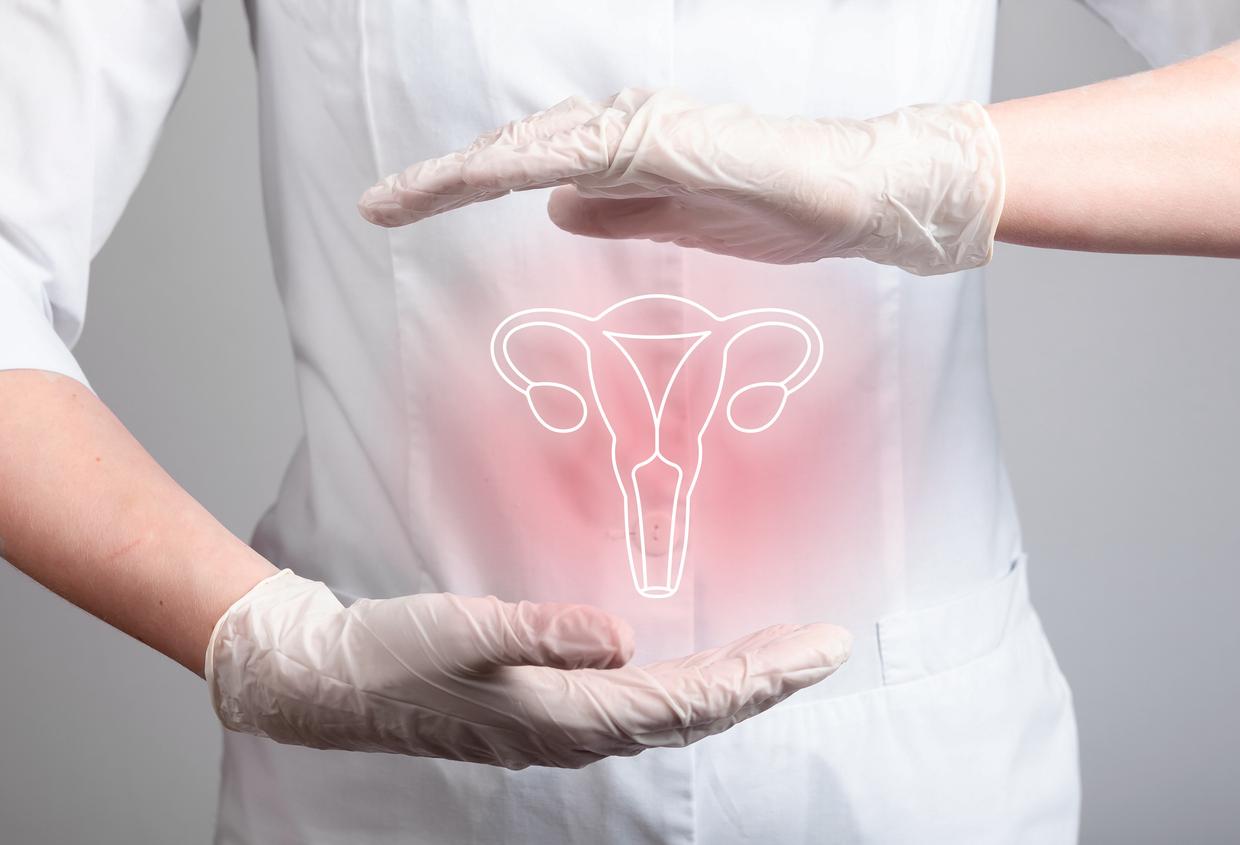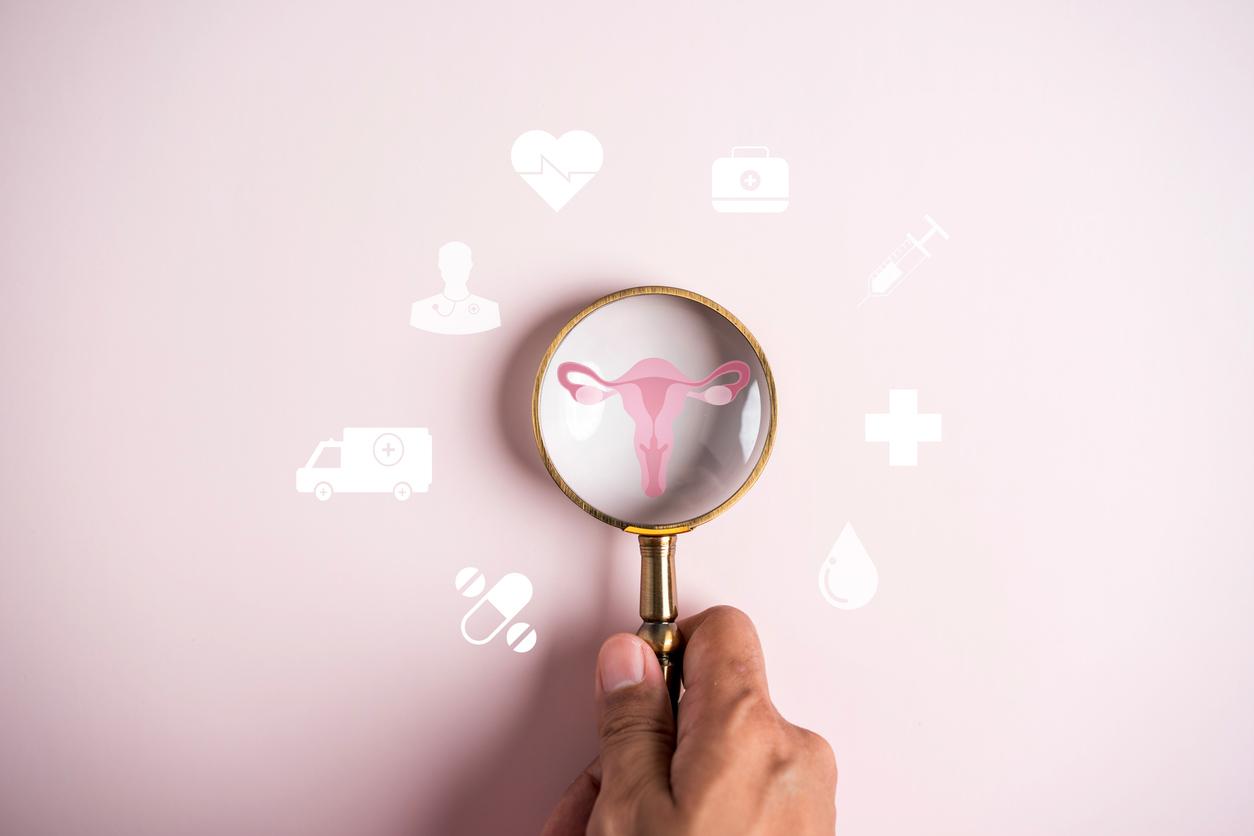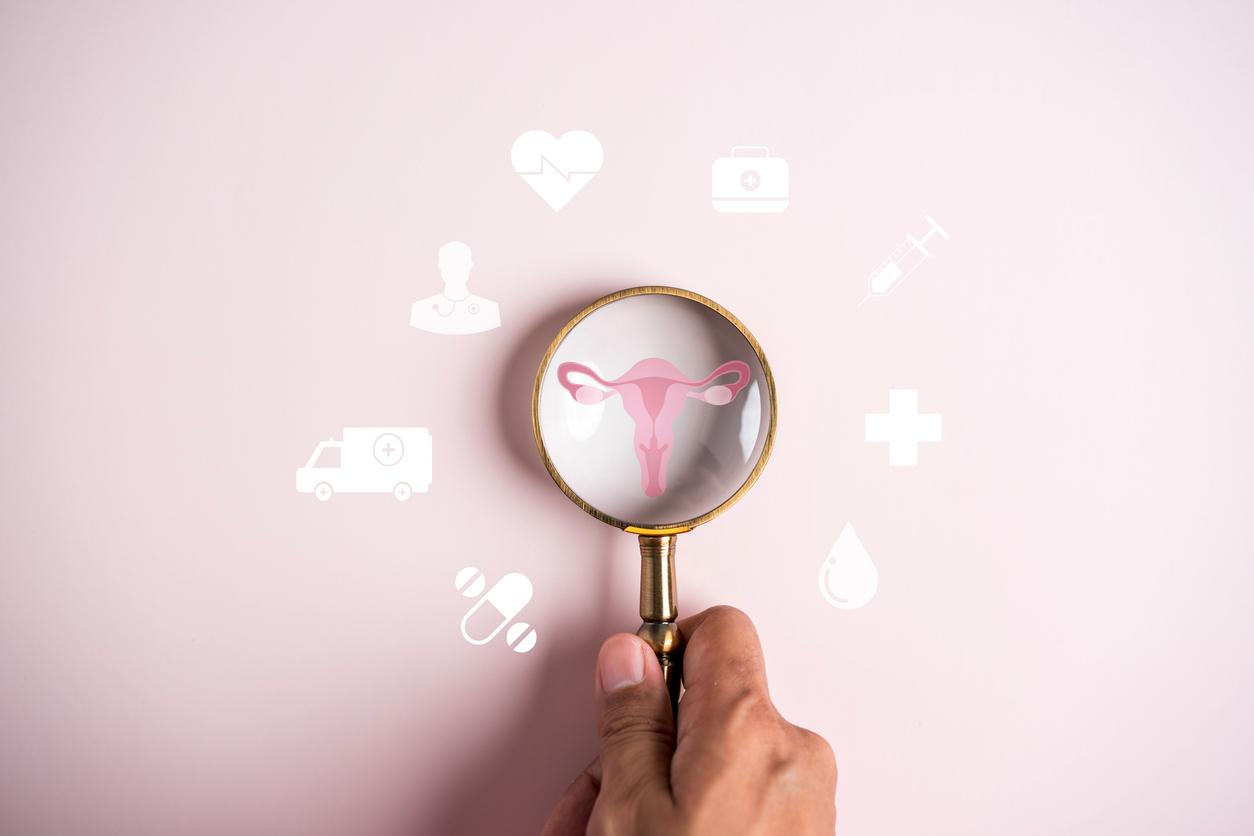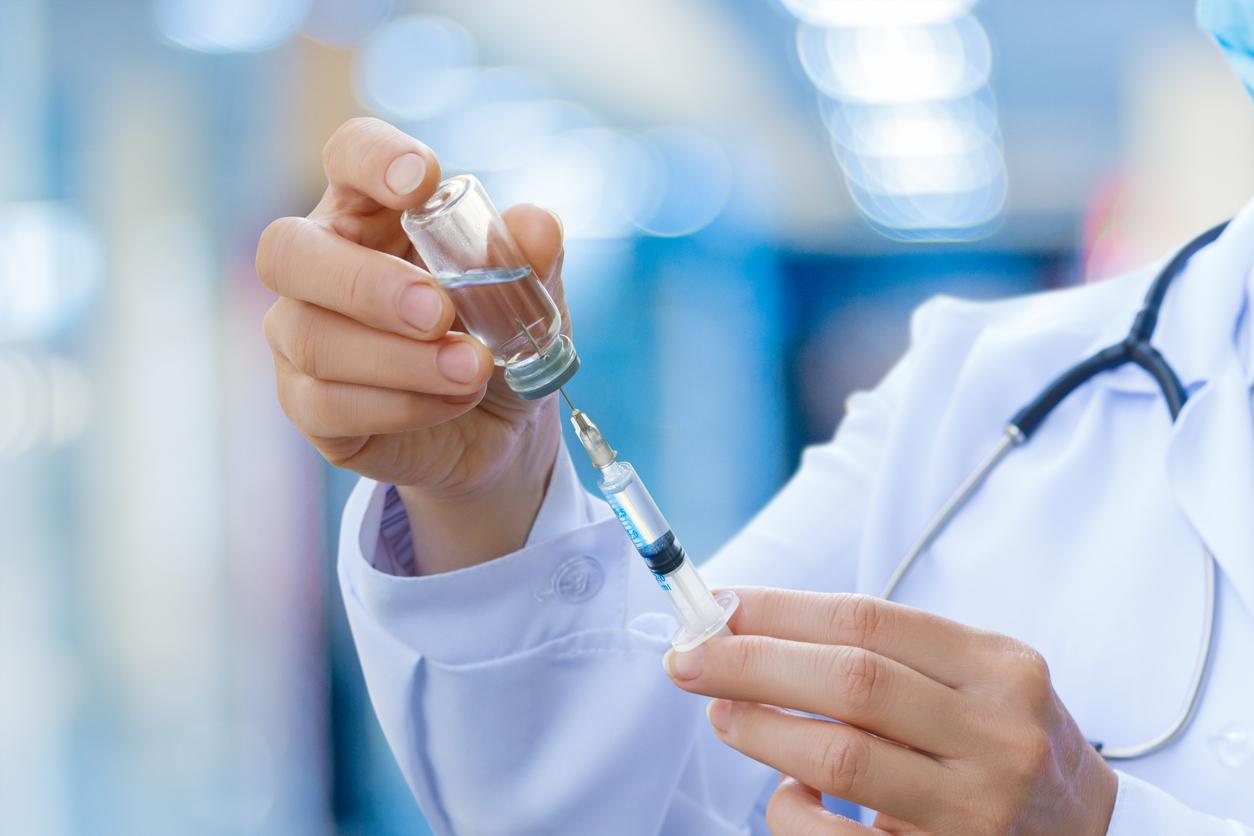Vaccination against HPV of adolescent girls helps prevent cancer of the cervix.

- Until now, only the ability of the vaccine to prevent persistent HPV infection and the occurrence of precancerous lesions of the cervix had been demonstrated.
- This study provides the last formal argument in favor of HPV vaccination.
For the first time, a study has just demonstrated the capacity of the anti-HPV vaccine to prevent cancer of the cervix. Until now, only the ability of the vaccine to prevent persistent HPV infection and the occurrence of precancerous lesions of the cervix had been demonstrated. To this was added the prevention of genital warts and other HPV-induced precancerous lesions (vagina, vulva and anus).
An almost 50% reduction in the risk of cervical cancer
“Because it takes 10, 15 or even 20 years of persistent HPV infection for a woman to develop cervical cancer, we did not yet have sufficient hindsight to be able to correctly assess this. setting”, explain the French Society of Colposcopy and Cervicovaginal Pathology (SFCPCV). “With the introduction of the first vaccination policies in 2006-2007, we now have strong evidence,” continue the experts.
This broad study carried out in Sweden using data from national registers evaluated the future of more than one million six hundred thousand women. The authors show a decrease of almost 50% in the risk of cervical cancer among vaccinated women. Essential fact: the effectiveness of the vaccine is all the more important that the women were vaccinated young. In fact, the reduction in the risk of cancer of the cervix reaches 90% when young girls were vaccinated before the age of 17.
“This study provides the final formal argument in favor of HPV vaccination. We must do everything we can to ensure that the younger generations benefit from this vaccine”, conclude the health professionals, supported by the National Syndicate of Dermatologists-Venereologists (SNDV).
For all young girls between 11 and 14 years old
Vaccination is recommended for all young girls between the ages of 11 and 14, and can be done as a catch-up until the age of 19. In order to ensure optimal vaccination coverage and cut the chain of contamination, this vaccination must also be offered to boys, as indicated by the latest recommendations.
HPVs are more or less involved in at least eight cancer sites: cervix, anus, oropharynx, vulva, vagina, oral cavity, larynx and penis. Each year in France, 6,300 new cases of cancer are attributable to infections linked to human papillomaviruses (HPV), which condoms do not stop.
.















